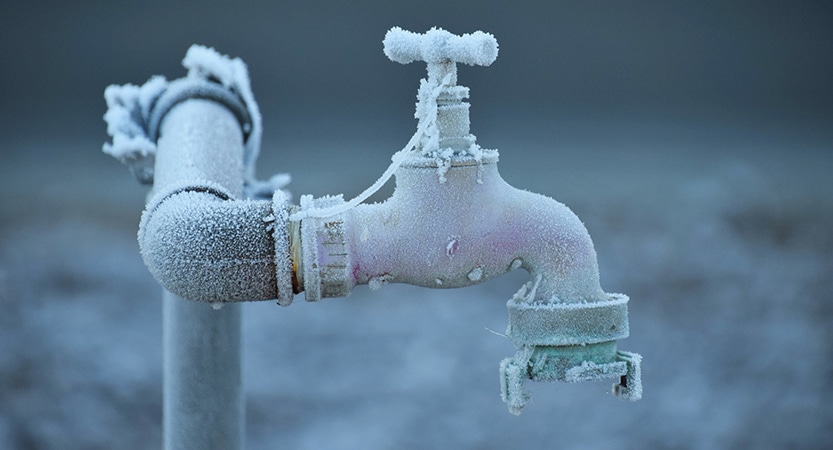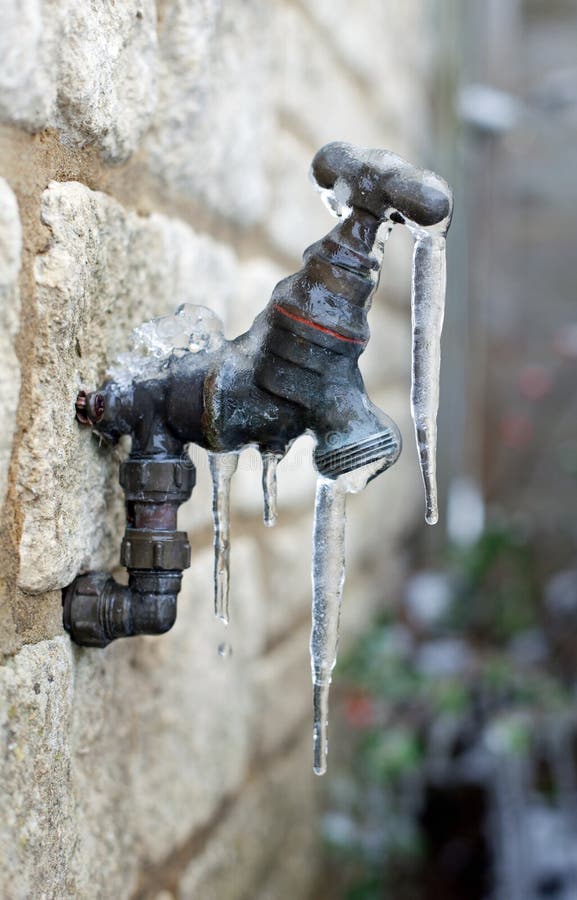Preventing Frozen Pipes: Effective Methods for Winter
Preventing Frozen Pipes: Effective Methods for Winter
Blog Article
Presented here further down you can get a lot of great material with regards to Helpful Tips to Prevent Frozen Pipes this Winter.

Winter can wreak havoc on your plumbing, especially by freezing pipelines. Here's exactly how to prevent it from happening and what to do if it does.
Intro
As temperatures drop, the threat of frozen pipes increases, potentially bring about costly fixings and water damage. Understanding how to stop frozen pipes is crucial for property owners in chilly environments.
Understanding Frozen Pipelines
What creates pipelines to ice up?
Pipelines ice up when exposed to temperature levels listed below 32 ° F (0 ° C) for extended durations. As water inside the pipelines ices up, it increases, taxing the pipeline wall surfaces and potentially creating them to rupture.
Risks and problems
Frozen pipes can lead to water interruptions, home damages, and expensive repair services. Ruptured pipes can flood homes and create extensive structural damage.
Indications of Frozen Piping
Identifying frozen pipes early can avoid them from breaking.
Just how to identify frozen pipes
Look for decreased water flow from faucets, unusual smells or noises from pipelines, and visible frost on exposed pipes.
Prevention Tips
Shielding susceptible pipelines
Cover pipelines in insulation sleeves or use warm tape to protect them from freezing temperatures. Concentrate on pipelines in unheated or exterior locations of the home.
Heating techniques
Keep indoor areas adequately heated, especially locations with plumbing. Open cupboard doors to allow warm air to circulate around pipes under sinks.
Protecting Outdoor Plumbing
Yard hoses and exterior taps
Disconnect and drain garden hose pipes before winter. Mount frost-proof faucets or cover outdoor taps with insulated caps.
What to Do If Your Pipes Freeze
Immediate actions to take
If you believe icy pipelines, maintain taps open to soothe stress as the ice melts. Utilize a hairdryer or towels soaked in hot water to thaw pipes slowly.
Long-Term Solutions
Structural adjustments
Think about rerouting pipes far from exterior walls or unheated areas. Include extra insulation to attics, cellars, and crawl spaces.
Updating insulation
Purchase premium insulation for pipes, attics, and wall surfaces. Appropriate insulation helps maintain regular temperatures and decreases the risk of icy pipes.
Conclusion
Protecting against frozen pipelines requires aggressive procedures and fast reactions. By comprehending the reasons, signs, and safety nets, homeowners can secure their pipes during cold weather.
6 Proven Ways to Prevent Frozen Pipes and Protect Your Home
Disconnect and Drain Garden Hoses
Before winter arrives, start by disconnecting your garden hoses and draining any remaining water. Close the shut-off valves that supply outdoor hose bibs and leave the outdoor faucet open to allow any residual water to drain. For extra protection, consider using faucet covers throughout the colder months. It’s also important to drain water from any sprinkler supply lines following the manufacturer’s directions.
Insulate Exposed Pipes
Insulating your pipes is an effective way to prevent freezing. Pipe insulation is readily available at home improvement stores and is relatively inexpensive. Pay close attention to pipes in unheated areas such as the attic, basement, crawl spaces, or garage. Apply foam insulation generously to create a buffer against the cold. You can also wrap your pipes in heat tape or thermostat-controlled heat cables for added warmth.
Seal Air Leaks
Inspect your home for any cracks or openings that could let in cold air. Seal any holes around the piping in interior or exterior walls, as well as the sill plates where your home rests on its foundation. Additionally, make sure to keep your garage door closed unless you’re entering or exiting. Leaving it open creates a significant air leak that can lead to frozen pipes.
Allow Warm Air Circulation
During cold snaps, it’s essential to allow warm air to circulate evenly throughout your home. Leave interior doors ajar to promote better airflow. Open kitchen and bathroom cabinets to help distribute heat consistently around the rooms. If you have small children or pets, be sure to remove any household chemicals or potentially harmful cleaners from open cabinets for safety.
Let Faucets Drip
A small trickle of water can make a big difference in preventing ice formation inside your pipes. When temperatures drop significantly, start a drip of water from all faucets served by exposed pipes. This continuous flow helps prevent the water from freezing. Additionally, running a few faucets slightly can relieve pressure inside the pipes, reducing the chances of a rupture if the water inside does freeze.
https://choateshvac.com/6-proven-ways-to-prevent-frozen-pipes-and-protect-your-home/

We were guided to that article on Preventing and dealing with frozen pipes through a pal on a different site. Are you aware of somebody else who is truly interested in the subject? Do not hesitate to promote it. We thank you for reading our article about 6 Ways to Prevent Frozen Pipes.
Book My Estimate Report this page